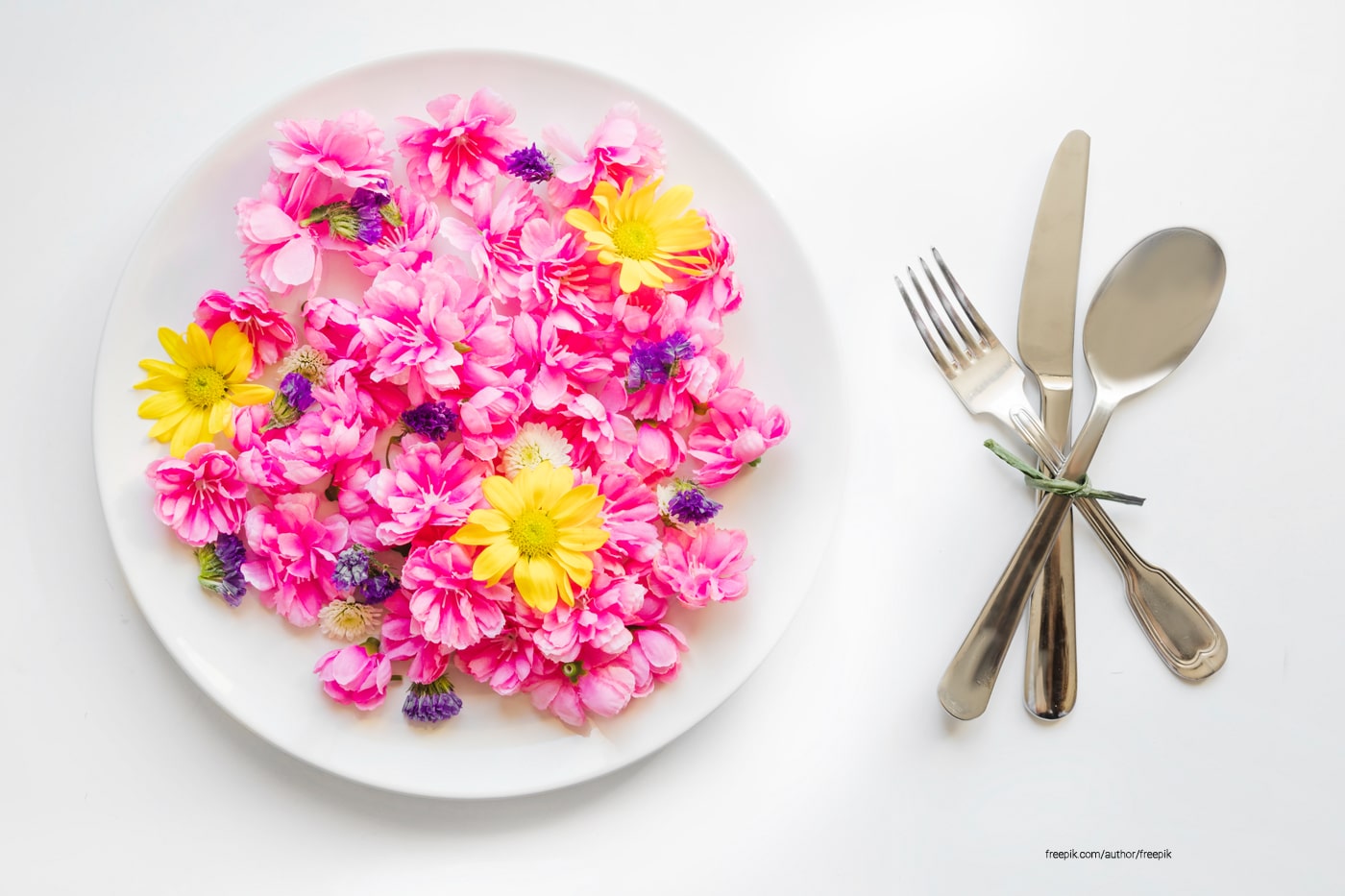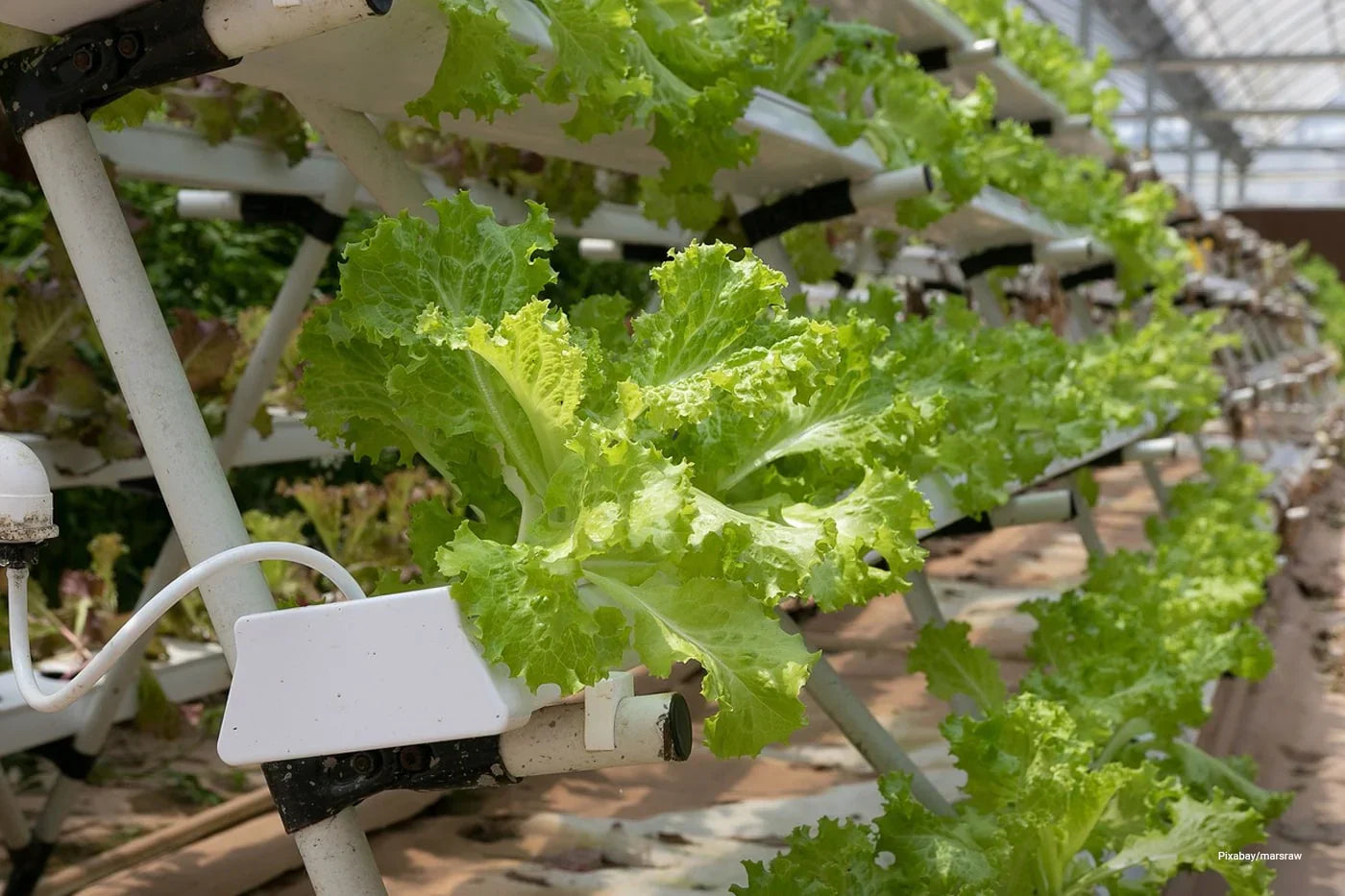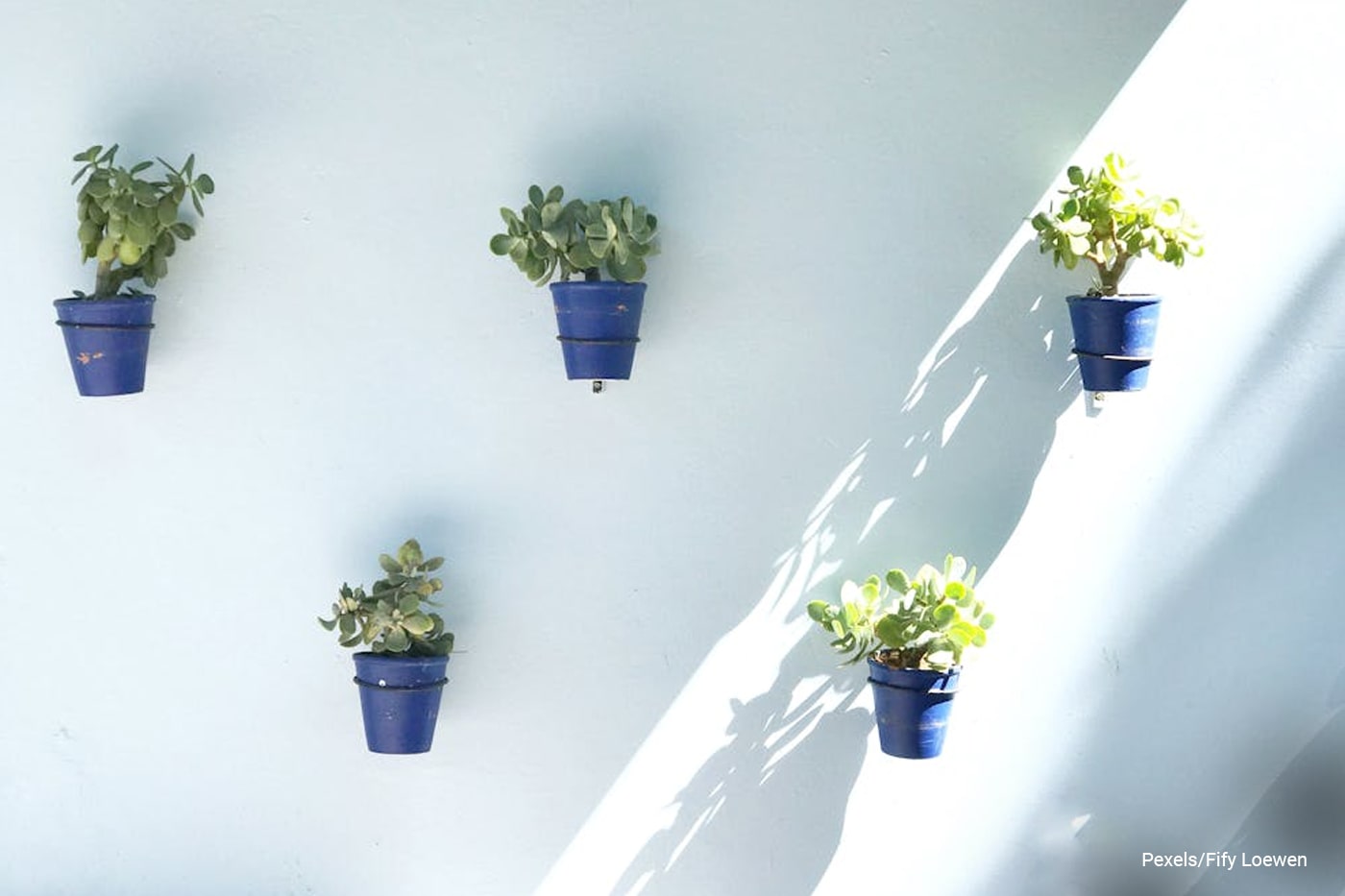Edible flowers are not only a beautiful addition to your garden, but they can also enhance the flavor and nutrition of your meals. From vibrant pansies to fragrant nasturtiums, many flowers are not only visually appealing but also packed with vitamins, minerals, and antioxidants that support a healthy diet. Growing your own edible flowers in the garden allows you to have fresh, organic ingredients at your fingertips, perfect for garnishing dishes, creating teas, or adding flavor to salads. For those looking to decorate a special occasion, Big Bouquets of Roses might be a common choice, but why not add edible rose petals for a unique twist? In this article, we’ll explore how to grow and harvest edible flowers, and how this practice contributes to a sustainable and healthy lifestyle.
Contents []
Choosing the Right Edible Flowers for Your Garden
When selecting flowers to grow for culinary use, it's important to choose varieties that are safe to consume and fit your local climate. Some of the most popular edible flowers include marigolds, pansies, violets, nasturtiums, and calendulas. These flowers not only add color to your garden but also bring a unique flavor to dishes. Marigolds have a citrusy taste, while nasturtiums have a peppery flavor similar to arugula. Violets and pansies offer mild, slightly sweet flavors that work well in salads and desserts. Make sure to grow flowers in a space that receives adequate sunlight and is free from harmful pesticides, as you want to enjoy the flowers in their most natural and healthy form.

Planting and Caring for Edible Flowers
Planting edible flowers is relatively simple and requires basic gardening skills. Most edible flowers thrive in well-drained soil and full sunlight, though some, like violets, prefer partial shade. Ensure that the soil is enriched with organic matter such as compost to provide the flowers with the necessary nutrients. Regular watering is essential, but be cautious of overwatering, as this can lead to root rot. Deadheading spent blooms will encourage new growth and extend the flowering season, providing you with a continuous supply of fresh edible flowers. If you're growing flowers in containers, make sure they are large enough to accommodate the roots and offer proper drainage.
Harvesting Edible Flowers
The best time to harvest edible flowers is in the morning when the flowers are still cool and fresh, but before the sun has had a chance to wilt them. Use clean, sharp scissors or garden shears to cut the flowers, leaving some stems behind for future growth. Avoid picking flowers that have been sprayed with pesticides or chemicals. Once harvested, gently rinse the flowers with water to remove any dirt or insects. Depending on the flower, you can store them in the refrigerator for a short period or use them immediately in your dishes. Edible flowers are highly perishable, so it’s best to consume them soon after harvesting to enjoy their full flavor and nutritional value.
Incorporating Edible Flowers into Your Diet
Edible flowers can be used in a variety of ways in the kitchen. Add them to salads for a pop of color and flavor, or use them as a garnish for soups and main dishes. Flowers like nasturtiums and calendulas can be stuffed with cheese or herbs, creating a delightful appetizer. Some edible flowers, such as lavender and chamomile, can be used to make calming herbal teas. For desserts, flowers like violets and roses make a lovely addition to cakes, cupcakes, and sorbets. You can even infuse your water or lemonade with flower petals for a refreshing twist.

Sustainability and Health Benefits
Growing your own edible flowers supports sustainable living by reducing your dependence on store-bought produce, which often involves transportation and packaging waste. When you grow your own flowers, you also ensure that they are grown organically without harmful chemicals. Additionally, many edible flowers offer significant health benefits. They are rich in vitamins like vitamin C, antioxidants, and anti-inflammatory compounds, making them a valuable addition to a nutritious diet. Incorporating edible flowers into your meals promotes not only sustainability but also a healthier, more diverse diet.

Conclusion
Edible flowers are a wonderful addition to any garden, offering a sustainable and healthy way to enhance your meals. By growing your own flowers and incorporating them into your cooking, you can enjoy the benefits of fresh, organic ingredients while contributing to a more sustainable lifestyle. From vibrant marigolds to fragrant lavender, the possibilities for culinary creativity with edible flowers are endless. Start growing your own edible flowers today and discover how they can elevate your dishes while promoting health and sustainability.



